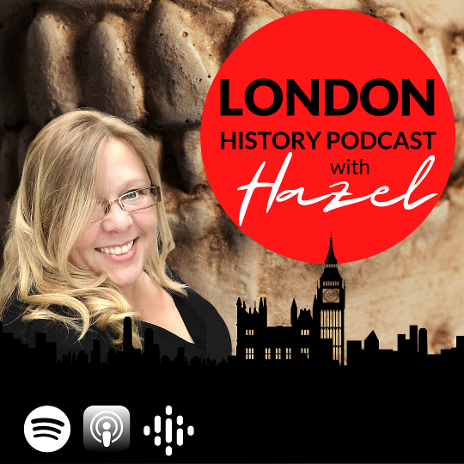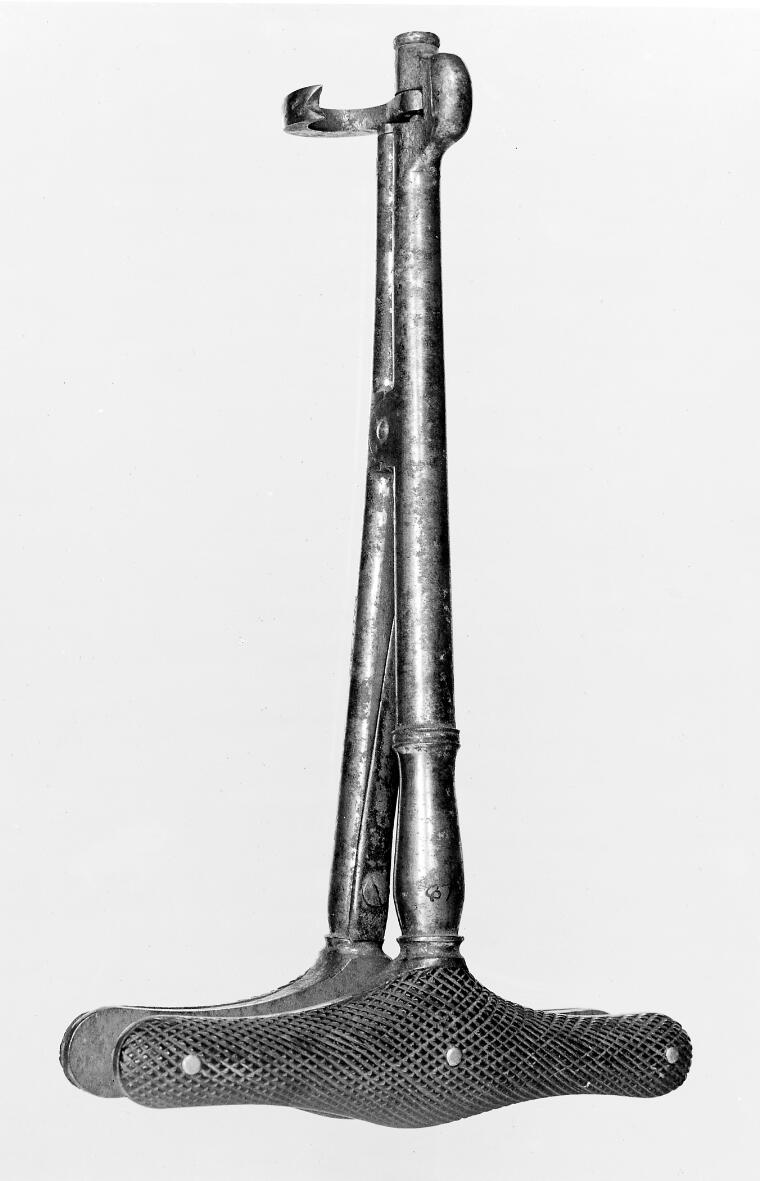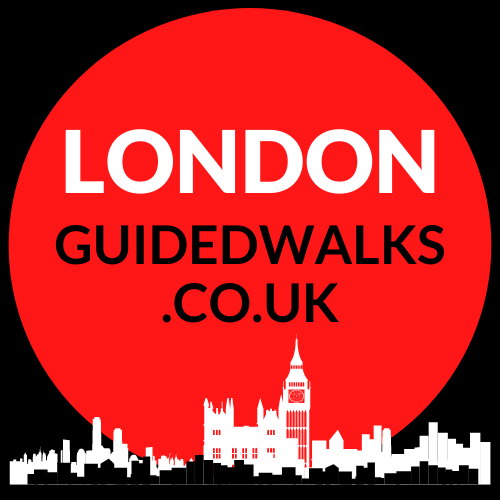
Episode 71: Georgian Dentistry
How did the Georgians clean their teeth? What happened is they had toothache? Was anything given for their pain? Were women dentists a novelty or an under-researched profession?
Joining Hazel is 18th century historian, genealogist, and co-author of five books about the 18th century, Sarah Murden.
Listen Now: Apple Podcasts | Spotify |Android |RSS
Get our latest episode in your inbox here
Support us on Patreon from as little as £5.
Gain access to exclusive content including behind the scenes videos, full transcripts, shout outs and mini videotours!
Show notes:
Hello and welcome to our London history podcast, where we share our love of London, its people, places and history. This podcast is designed for you to learn things about London that most Londoners don't even know, all in 20 minutes. I am your host Hazel Baker, qualified London tour guide and CEO of www.londonguidedwalks.co.uk
Our walking tours are for those who love London and want to make the most of their time here, no matter whether it's for a weekend or a lifetime. We aim to deliver insightful and well-prepared London guided walks with genuine enthusiasm and professionalism. And in this podcast, we try to do exactly the same.
If you enjoy what we do, then please rate and review. You could become a patron for as little as five pounds. That’s where we share additional videos of the interviews with you. Plus lots of other unique content. You help us keep this podcast advert free. All information can be found on our website www.londonguidedwalks.co.uk/podcast
Get that cup of tea, put your feet up and enjoy, but this time you may want to leave out the sugar. Today we are talking about Georgian dentistry and. And to help me fill in the gaps, we have Sarah Murden, who is an 18th century historian, genealogist, and host of a fabulous blog called All Things Georgian that looks at all aspects of life during that period. She also has co-authored five books about the 18th century written for pen and sword books.

Dental instrument, 18th century. Wellcome Collection. Attribution 4.0 International (CC BY 4.0)

A tooth-drawer using pincers to extract a tooth from an old woman, her husband agonizingly observes the situation. Etching by J. Collier after himself, 1773. Wellcome Collection. Public Domain Mark
Sarah Murden: My research into this atrophy came about whilst cleaning my teeth. It was one of those things that you sort of, I'd sort of, I'd looked at 18th century makeup and clothes and fashion and hats and wigs. I was cleaning my teeth and I thought, hmm, teeth! I wonder how the people in the 18th century actually cleaned their teeth and did they clean their teeth? And what about dentists? And that sent me off down a rabbit hole, trying to find out even more about, well, you know.
Hazel Baker: inspiration strikes at the oddest times.
Sarah Murden: Doesn't it?!
Hazel Baker: When you went down this rabbit hole, what did you find? What about the history and, in general, and dentistry?
Sarah Murden: Suddenly it's a gruesome topic. I think up until about the early 1720s. So long ago, it was very much sort of the, the domain of either DIY for teeth extraction, or you could go to the local barber, they would remove your tooth or just perhaps give you something to ease the pain a little. But it was largely homemade remedy type things, but it was a Frenchman, a chap called Pierre Fauchard who actually studied that. He studied the anatomy of the mouth and looked at the actual teeth, looked at the construction of the teeth and he started to write documents and, I think, wrote a thesis on what we were doing wrong, this is what we should be doing and this is how to look after the teeth better.
I think some of that had come about because we were sort of falling in love with sugar and the teeth, consequently were rotting very very quickly. And so I think, I don't know what spurred him on to write about it, but I think I suspect in the fact that you knew so many people walking around, either in pain or with no teeth at all, that he thought probably there's gotta be a better way than this to, to manage then dental care. But he was one of the first people, if not the first person, to discover that acidic foods like lemons, limes were actually causing erosion of the enamel, something that we know today. We know if you sort of suck on a lemon for too long it's not going to do your teeth much good. He obviously knew. I wasn't going to be good with the teeth. But he did, however, recommend cleaning the teeth with human urine.
Hazel Baker: I wasn't expecting that.
Sarah Murden: No, neither was I. No that can't be right?! so I carried on reading and it was right. And that actually does date right back to Roman times.
Hazel Baker: Really?
Sarah Murden: Yeah. Because urine contains ammonia. Today, we go and buy one of these teeth whitening toothpastes, or do as the stars do, where they go and have their teeth or professionally whitened for that gleaming smile. Well apparently ammonia used to work equally as well, but I really, really wouldn't recommend it.
Hazel Baker: Well, they use mouthwash?
Sarah Murden: As I understand it, certainly in the early 1720s people used just a cloth. So they'd dip the cloth in urine and clean their teeth that way, whether they swallowed or spat, I really don't know!
Hazel Baker: You don't write about cleaning your teeth. Do you know? It's just one of my things every day that you do, and you assume that everybody does it the same way as you
Sarah Murden: I've read somewhere, and I have to admit it was my own thought, but when you look at 18th century portraits, you don't see teeth. You don't see anybody with that big smile. Do you? And I did wonder then whether that was actually because they either haven't got any teeth or because the teeth were really rotten, but I've been sort of assured that no, the reality was that you sat for a portrait over hours and hours and hours, and the idea of having that Cheshire cat grin is something you couldn't hold for that long. I half-think it's a combination of both. But then if everybody, I suppose had bad teeth then really you wouldn't look worse than the next person. From the point of view of having your portrait painted. So I don't, I don't know which is fact and which is, is fiction really.
But I did read around the Spitalfields area. There was some research, some excavation work done. I'm not quite sure when it was, but the bodies that were dug up, between sort of 1700s and 1800s, 80% of the people had cavities in their teeth. So it gives you some idea of just how rotten the people's teeth were at that time.
London produced a document that used to go to the paper newspapers regularly and in journals and things that actually talked about the mortality rates. For example; say you've got 12,000 people that died, a good sort of 40% died, and it just says, dental against the cause of death. There would be a few with cancer, there'll be few accidental and few that took their own lives. There's a really high percentage of people that were actually dying from dental. So, I suspect that if you think about it, the eating of sugar and sweet stuff was going to rot their teeth.
The lack of proper dental care, what we would call dental care today, the teeth would just rot. You've got to bear in mind that when they did start using something akin to the dental tools that we use today, they weren't sterilized. You know, we put so much stress today on hygiene.
You know, we went through a phase of having an autoclave where all the metal dental tools went in and they were sterilized on an overnight process, so that you knew the next day that these tools that are going into your mouth, we're going to be clean. As soon as you'd been treated, those tours were taken away into the autoclave and it wouldn't be used until the next day or whatever their process was. Now we're into disposable equipment because we can't take any risks. If you think about it in the seventies and eighties, you've got a risk of HIV and so that kind of starting to change the way in which modern dentistry in our lifetime has changed.
So, if you think back to the 1700s and 1800s, hygiene was really poor anyway. And most people perhaps would sort of have a superficial wash of their face and their hands, and that would be about it. And then, dental treatment; open wide and in went the tool and they would just remove the offending tooth. They wouldn't have any sedation, that was another thing, so it was a case of using perhaps something like gin or they did have opium, but that would be the closest thing to afford the anesthesia that existed. If you wanted any form of pain room, then that and laudanum was around as well, which would just knock you out.
I came across a letter written by Queen Charlotte, Georgia III's wife, to Prince George who became George IV. It was a letter about all different family things, but in it, she actually putt 'I'm sorry. I haven't been in touch earlier. I've not been feeling very well. I've had three hours of dental treatment.'
Can you imagine sitting there for three hours? So whatever it was, I frantically sort of tried to find further letters to you know, before to say she was having it done or after, and say what she would have had done, but I didn't find anything. I can't imagine many procedures today other than major dental surgery; a full extraction would warrant that length of time sitting there having your teeth pulled out. It was pretty gruesome stuff really.
So we, so we've got cleaning with urine, we've got the fact that the tools are unhygienic, not clean and not sterilized in any way, we've got the pain of having it done. It was pretty awful really. I came across one chap though, who one opted for the DIY method. He got a piece of cat gut and tied it around the offending tooth, put a bullet on the other end, so he's got one bit around the tooth and one bit the bullet. He put the bullet into the gun and loaded it with powder, fired it, and out fell the tooth. I've no idea whether that's true or not, but it was reported. So, unless it was one of these sensational newspapers, I don't think it was. I can kind of imagine it. If you think about it, if you're in so much pain, you're kind of going to do anything really aren't you for a bit of relief?
Hazel Baker: So if you're a regular person, and if you weren't going to go to the Dentist, you wanted to maybe do it, have it done properly, and go spend a little bit of money and go to the, the, the, the barbers to get it done there. If you were a little bit higher up in society, then. Then where would you go or would a dentist or someone come to you?
Sarah Murden: If you were royalty or nobility, you wouldn't go, they would come to you. And we've got evidence of the Royal dentists at various times. And they take their own dental kit with them. So to speak. But equally, they would, being royalty, they would probably actually have had theor own dental kit.
And I have come across examples where you'd have like a little box with all your dental tools in. They weren't going to use just anybody who has anybody's equipment in their mouth! But they were not cheap. They really weren't.
We have a variety of Royal dentists. The one thing you do notice is that people would train with these dentists. One of my big passions is the 18th century trade card, like a modern day business card. So you'd come across trade cards for people and it would say 'Trained by Thomas Berdmore by Royal appointment to King George III' and people like that.
Thomas Berdmore was in Margaret Court in Westminster, that's where he was based. But obviously, if the court summoned him, then he was going to go to the court, but of course they would have the nobility visiting anyway. The lower down you were in society, the more you would actually go to their place of work.
A lot of dentists that did that train in London and then would live in London, but then advertise in the newspapers to say 'I will be visiting Bath' perhaps during the season. 'Should you wish to have an appointment with me then you can catch me out this address' sort of thing.
So they, they knew where the nobility went for the season and they would make a point of advertising the fact that, you know, if you want to be treated, I'm going to be there. So come and see me. On another one, they have good sales reps as well. That's one thing you do see a lot of are there others in the newspaper saying 'I don't just fix teeth. I'm also a chiropodist', I hope they didn't get those two mixed up!
Hazel Baker: Were we calling them dentists at the time?
Sarah Murden: No, we called them 'Operators of Teeth'. I thought they knew. It's quite posh actually. Isn't it. And opera, I'm an Operator of Teeth.
Hazel Baker: That sounds so much better!
Sarah Murden: It just doesn't it?!
What tools were available for Georgian dentists?
Oh, goodness me! They had a lot of the tools that we still use today. But my favourite, one of all. If we're kind of going for really gross, it would have to be the dental key. The nearest thing I can describe it as is a very basic corkscrew; like you pull out a cork from a bottle. You would screw the key into the tooth and then pull! It's just an absolute horror show, really. I'm guessing that somebody invented it. They obviously thought it was going to hurt me. It probably did. I can only imagine what it must've been like with no anesthetics and trying to remain in that position as Queen Charlotte, did for three hours.It would have been horrendous.
What did the Georgians use for a toothbrush?
Toothbrushes, that's another story of itself. William Addis was from Clerkenwell. The story goes that around the 1770s. He was involved in a riot and found himself in jail. Whilst he was in jail he wanted to clean his teeth. So he manages to find a piece of bone left from the food that they were being given. And he fashioned that somehow into a handle and then managed to get some bristles from one of the yard brushes from one of the guards. He managed to put these yard brush bristles into the bone and hey Presto! you have a toothbrush.
When you start to look back at adverts.. back in the 1750s there were 'brushes for teeth' for sale and they would cost 6d. Which is not, even then. It's about three pounds in modern money, so it's not that they were a prohibitive price. That makes me think that some of this was a great marketing tool by William Addis at the time.
And then they have things like gum opiates, which I'm thinking was probably something that they would have used to for toothache, perhaps the children to rub it on their gums when they were teething. So there was a lot of progress made from going back from sort of Pierre Fauchard in the sort of 1720s, really up to today.
You could have implants, some of the tools that were the same. They had ways of using an anesthetic, though they're not something you would think was at all appropriate today. In some respects we've not moved on very far. In other respects, we've come a long, long, way in terms of hygiene and pain relief and things.
The other thing I must point out is female dentists. Mrs. Catherine Madden. She was at West Smithfield's in the 1790s. Mrs. Lewis and husband (but it's in her name) from Bath. They would travel to London where they would be at Miss Hardwick's Muffin and Lace warehouse on Marylebone Street. So they were advertising for their clients: 'We're going to be in London, come and see us'. And then we've got Mrs. De St Raymond at 9 King Square Court in Soho. There was a Mrs. Hunter on Great Titchfield Street. She was a dentist and beautician. How cool is that? So you're going to be beautified and have your teeth filled at the same time. She specialized in women's and children's dentistry. Because she recognized that perhaps the pain threshold and the way that you wanted to be treated was different between men and women and obviously for children. So she had a fixed price tariff for women and children. I came across Catherine Madden's business card because I have a parchon for going back and looking at business cards and that's often how some of the blog posts come about. And others just focus on trade cards because I love them. Because they're not like our boring business cards. They would be very detailed and very creatively drawn and it was Catherine Madden's one that jumped out. And I thought, oh, I wonder if there were other female dentists? And sure enough, there were quite a few! So that's kind of a very, very quick run through dentistry.
Hazel Baker: Wow. Well, I think everybody will be, as you said, getting up now and going to clean their teeth just to be sure. Thank you so much Sarah, that's absolutely fascinating. You've got me going now and I'll probably find my own rabbit hole to jump down.
I hope you enjoyed this. I'll see you next time.
Other Episodes
069 Victorian Actor William Terriss
067 London Street Names: Food Edition
064 Medieval Toilets in London
062 James Scott, the First Duke of Monmouth
061 Medieval London at the Museum of London
060 Virginia Woolf & The Bloomsbury Set
058 Greenwich Palace and Hospital
057 The Gerald Coke Handel Collection
053 Benjamin Franklin in London
051 Walk Through London's Forgotten Places
047 Victorian Dinosaurs in Crystal Palace Park
046 Beer, The Bard & Historic Buildings of Bankside
045 Drawing London's Buildings
042 John Julius Angerstein: The Man Behind the National Gallery
041 London's Medieval Friaries
040 Charles Dickens in Greenwich
038 The Black Death: London's First Plague
037 Bridgerton & Regency London
034 London's Old Shops - Food & Drink
031 Abandoned London Underground Stations
030 Quirky Street Names - Little Britain
029 The Harp maker of Fitzrovia
024 The Walbrook in Roman London
021 London Area Names - Animal Edition
020 The Great Fire of London - How It Began
017 The Proms & The Royal Albert Hall
016 Women in 1920s London (From Cowgirl to Congress)
014 Postcards From London's Past
013 London Statues: Medical Women
012 The Old Operating Theatre Museum
011 London's Coffeehouses and Commerce
009 Music Halls and Cabaret - from yesterday to today
008 The Monument to the Great Fire of London
006 Hockley in the Hole Clerkenwell
Some links contain affiliate links, which means that if you click on one of the product links, we receive a small commission. This helps support our free podcast. Thank you for the support!
Copyright London Guided Walks and Treasure Hunts


